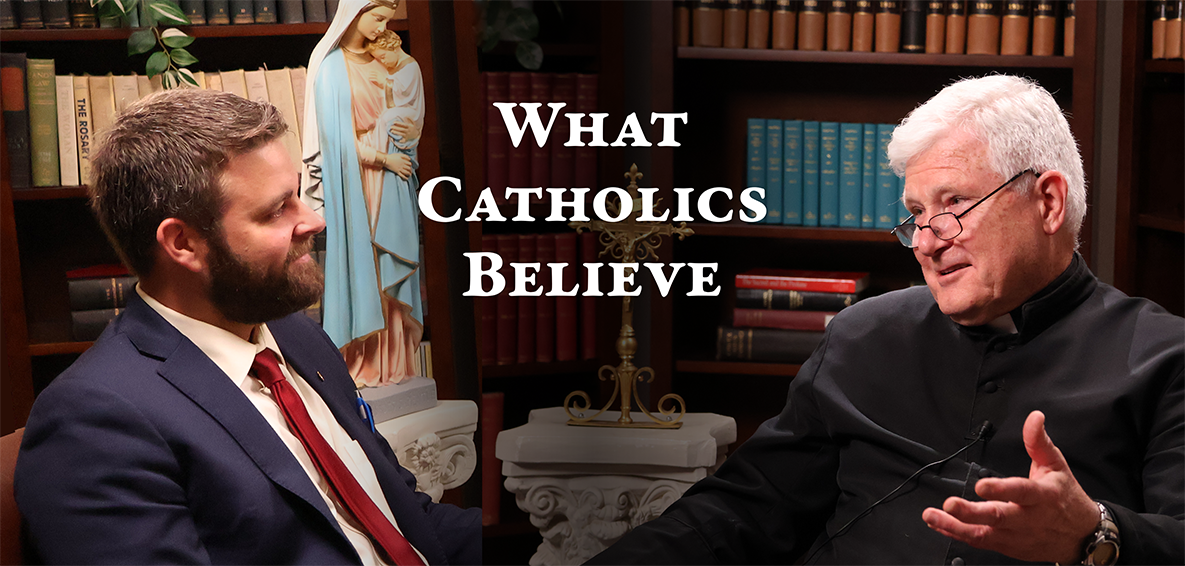The Office of Tenebrae
Tenebræ is the name given to the service of Matins and Lauds belonging to the last three days of Holy Week.
The Office of these three days was treated as a sort of funeral service, or dirge, commemorating the death of Jesus Christ. It is natural also that, since Christ by convention was regarded as having lain three days and three nights in the tomb, these obsequies should have come in the end to be celebrated on each of the three separate occasions with the same demonstrations of mourning. There can be no reasonable doubt that it was from the extinguishing of lights that the service came to be known as Tenebræ, though the name itself seems to have arisen somewhat later.
The tone of the whole Office, which seems hardly to have varied in any respect from that now heard in our churches, is most noticeably mournful--the lessons taken from the Lamentations of Jeremias, the omission of the Gloria Patri, of the Te Deum, and of blessings etc., all suggest a service cognate to the Vigiliæ Mortuorum, just as the brilliant illumination of the Easter eve spoke of triumph and of joy, so the darkness of the preceding night's services seems to have been designedly chosen to mark the Church's desolation. In any case it is to be noticed that the Office of these three days has been treated by liturgical reformers throughout the ages with scrupulous respect. The lessons from Jeremias in the first Nocturn, from the Commentaries of St. Augustine upon the Psalms in the second, and from the Epistles of St. Paul in the third remain now as when we first hear of them in the eighth century.
Despite the general uniformity of this service throughout the Western Church, there was also a certain diversity of usage in some details, more particularly, in the number of candles which stood in the Tenebræ hearse, and in some accretions which, especially in the Sarum Use, marked the termination of the service. With regard to the candles Durandus speaks of as many as seventy-two being used in some churches and as few as nine or seven in others. In England the Sarum Ordinal prescribed twenty-four, and this was the general number in this country, variously explained as symbolizing the twenty-four hours of the day, or the twelve Apostles with the twelve Prophets. A twenty-fifth candle was allowed to remain lighted and hidden, as is done at the present day, behind the altar, when all the others had been gradually extinguished. At present, the rubrics of the "Ceremoniale," etc., prescribe the use of fifteen candles.
The noise made at the end of Tenebræ undoubtedly had its origin in the signal given by the master of ceremonies for the return of the ministers to the sacristy. A number of the earlier Ceremoniales and Ordines are explicit on this point. But at a later date others lent their aid in making this knocking. For example Patricius Piccolomini says: "The prayer being ended the master of ceremonies begins to beat with his hand upon the altar step or upon some bench, and all to some extent make a noise and clatter." This was afterwards symbolically interpreted to represent the convulsion of nature which followed the death of Jesus Christ.
--
Text taken from The Catholic Encyclopedia 1917

